Reflections on Studying the Huang Di Nei Jing in the West
ARTICLE
By Dr. Edward Neal, MD
First published in Chinese Medicine and Culture
Volume 7, Issue 1 (March 2024)
Huang Di Nei Jing ( 黄帝内经 The Yellow Emperor’s Inner Classic) has been the source text of Chinese medicine knowledge and innovation for over two thousand years. Despite this key relevance, many of its ideas and practices have proven difficult to understand and implement fully into clinical practice. Cultural and language differences can be compounded with these challenges but may also present new opportunities for advancement and insight when studied by researchers outside of the originating culture. This article introduces the method of Classical-Text Archaeology and delves into the author’s two-decade journey of researching this text, with a discussion on cultural differences and issues of medical scholarship.

